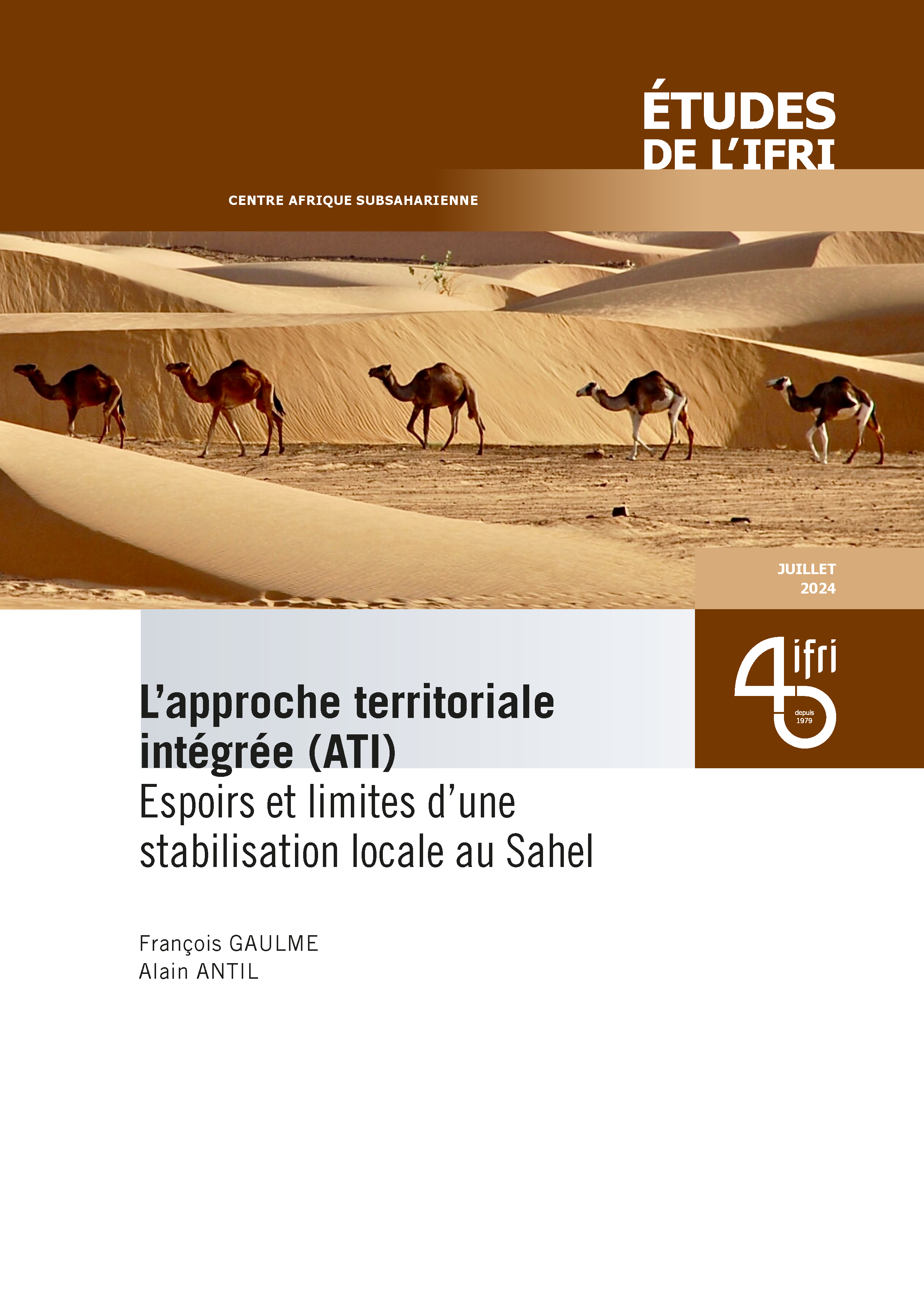The integrated territorial approach (ITA). Hopes and limits of local stabilisation in the Sahel

Since the fall of the Berlin Wall and the attacks of 11 September 2001, the proliferation of local conflicts and the partitioning of certain states (Yugoslavia, Somalia) have given rise to external interventions, both bilateral and multilateral, in which the military element has been combined with civil action in innovative ways.

As in the past, they came from diplomats, but also, more unexpectedly, from development aid practitioners in the throes of change. A new security objective intersected with the proclaimed vocation of combating world poverty, as the disappearance of the East-West rivalry had caused it to lose its original role as a political instrument of the Western camp.
After France launched Operation Serval in Mali on 11 January 2013, the issue of civil-military convergence became particularly urgent and acute in the Sahel, in the context of a "Global War on Terror" (GWT),[1] which it was thought could be won by socio-economic initiatives as much as by military means. Seven years later, in support of the now defunct G5 Sahel regional group, an international coalition of aid donors, the Sahel Alliance, launched an innovative "integrated territorial approach" (ITA) strategy. It was intended to apply to ten narrowly defined zones spread over vast areas,[2] with the launch in partnership of local development projects designed to promote the overall conditions for lasting peace.
Too little, too late: this is the twofold observation that can be made about this innovative initiative that emerged from the Franco-Sahelian summit in Pau in 2020, because its projects, with the exception of Mauritania as we shall see, have disappeared with the "French - and therefore European - failure in the Sahel",[3] the emergence of hostile military regimes and the involvement of Russia in the field. As well as putting this failure into perspective, this note explores the genesis and raison d'être of the launch of a strategy that was nevertheless part of a vast international process of convergence between two fields that were originally quite distinct, those of security and development, but united in the pursuit of global stability.
> This study is only available in French and can be accessed here.
1. On this concept and the French contribution to the Sahel, see B. Charbonneau, « The Durability of the Gendarme de l’Afrique: From Empire to Fighting Terrorism », in T. Chafer and M. A. Majumbar (ed.), Routledge Handbook of Francophone Africa, London/New York, Routledge, 2024, p. 57-70.
2. Around 4,000 kilometres separate the Mauritanian coast from eastern Chad.
3. T. de Montbrial and D. David (ed.), Ramses 2023. L’Europe dans la guerre, Paris, Ifri/Dunod, 2022, p. 38.









